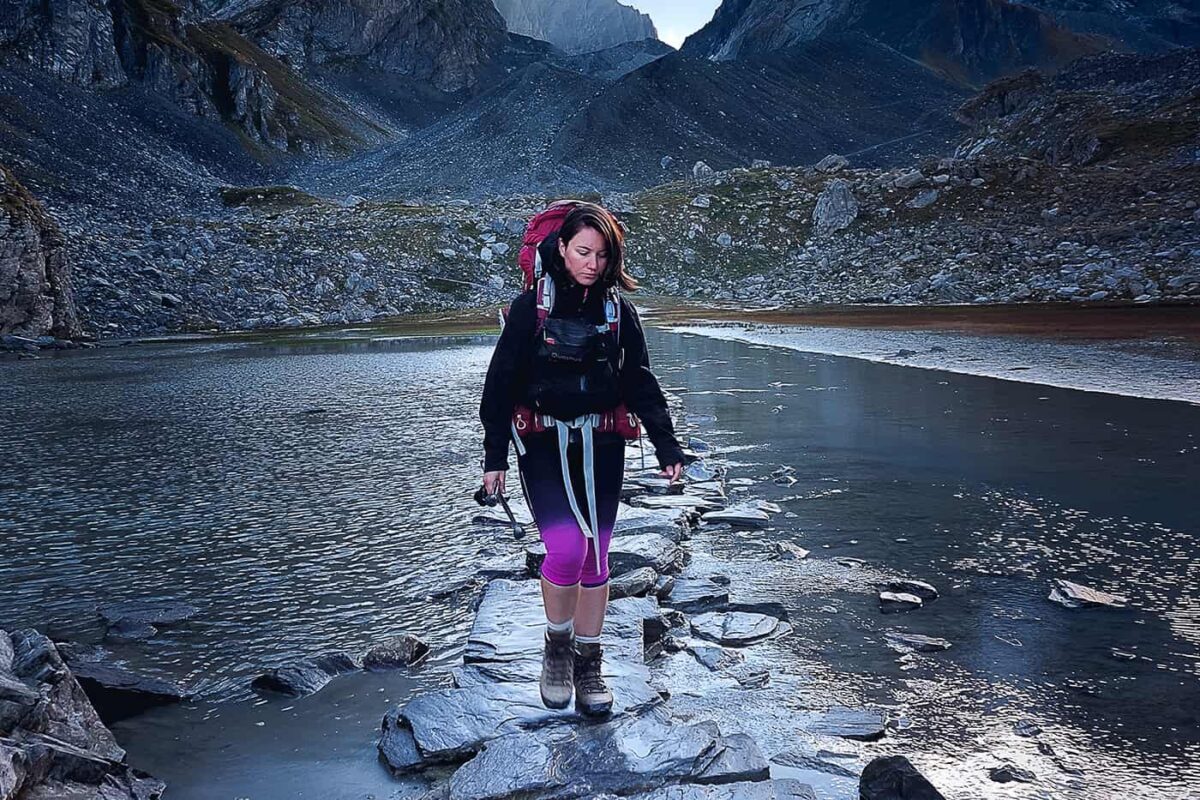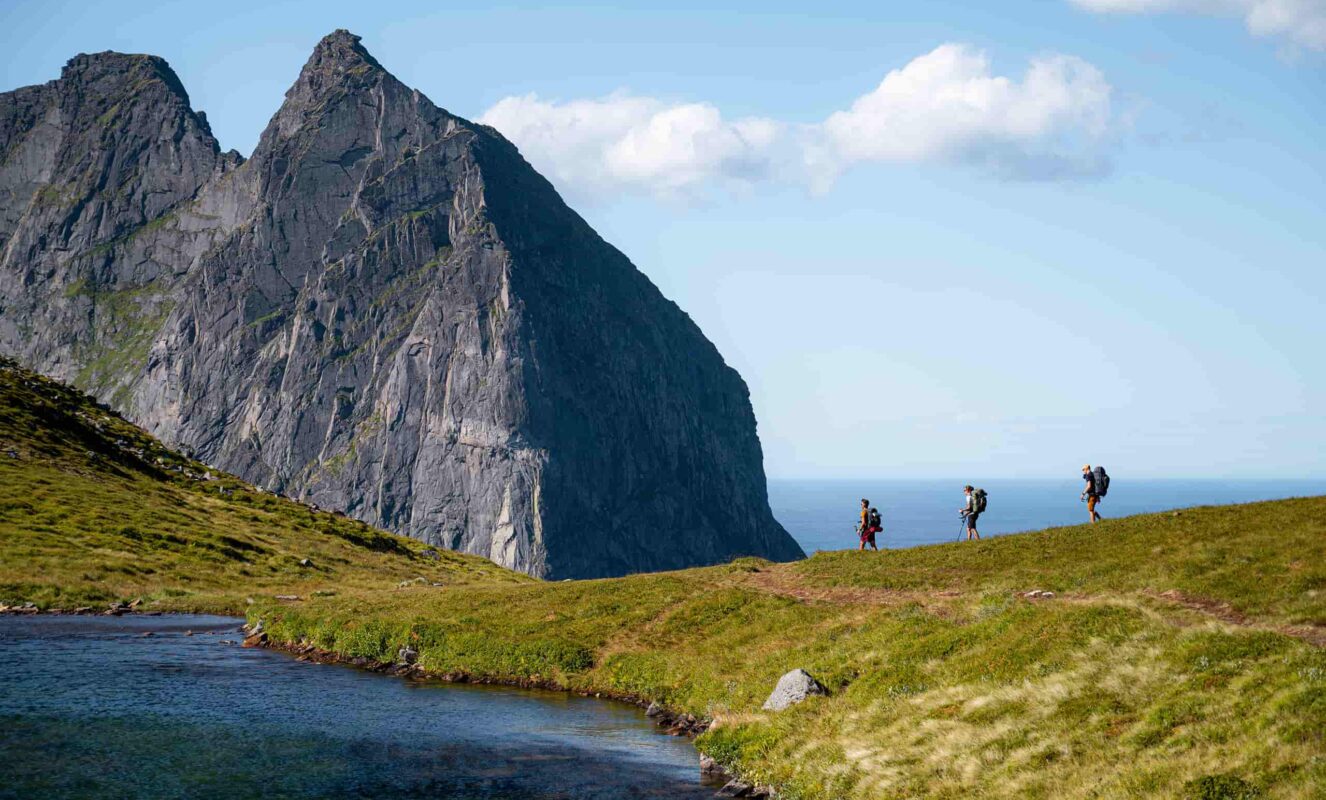Conduct thorough research on the trail. This is a long-distance trail, which means smart planning will be very helpful. This includes assessing factors such as trail difficulty, length, elevation gain, and terrain and putting them into the context of your ability.
Check in periodically with people at home, providing details like your start and end times for especially tricky sections, and emergency contact information.
Stay informed about the weather conditions by using weather apps (when you have data or wifi!) and by talking with locals. Avoid being out on the trail during severe weather conditions, including thunderstorms, heavy rainfall, or extreme heat.
Be sure you have enough water and snacks to maintain your energy levels and prevent dehydration and exhaustion. Bring at least two liters of water with you.
Familiarize yourself with the trail map and carry navigation tools such as a compass or GPS device to stay oriented and avoid getting lost.
Invest in the right hiking gear, including comfortable, supportive footwear, proper hiking clothing, such as warm base layers and a hardshell rain jacket, hiking poles, a well-fitted backpack, and essential equipment like maps, GPX devices (when needed), and a first-aid kit. Check out our comprehensive gear list for long-distance trails like this.
Respect the principles of Leave No Trace by minimizing your impact on the environment. Stick to designated trails, pack out all trash, and have respect for wildlife and natural habitats.



















